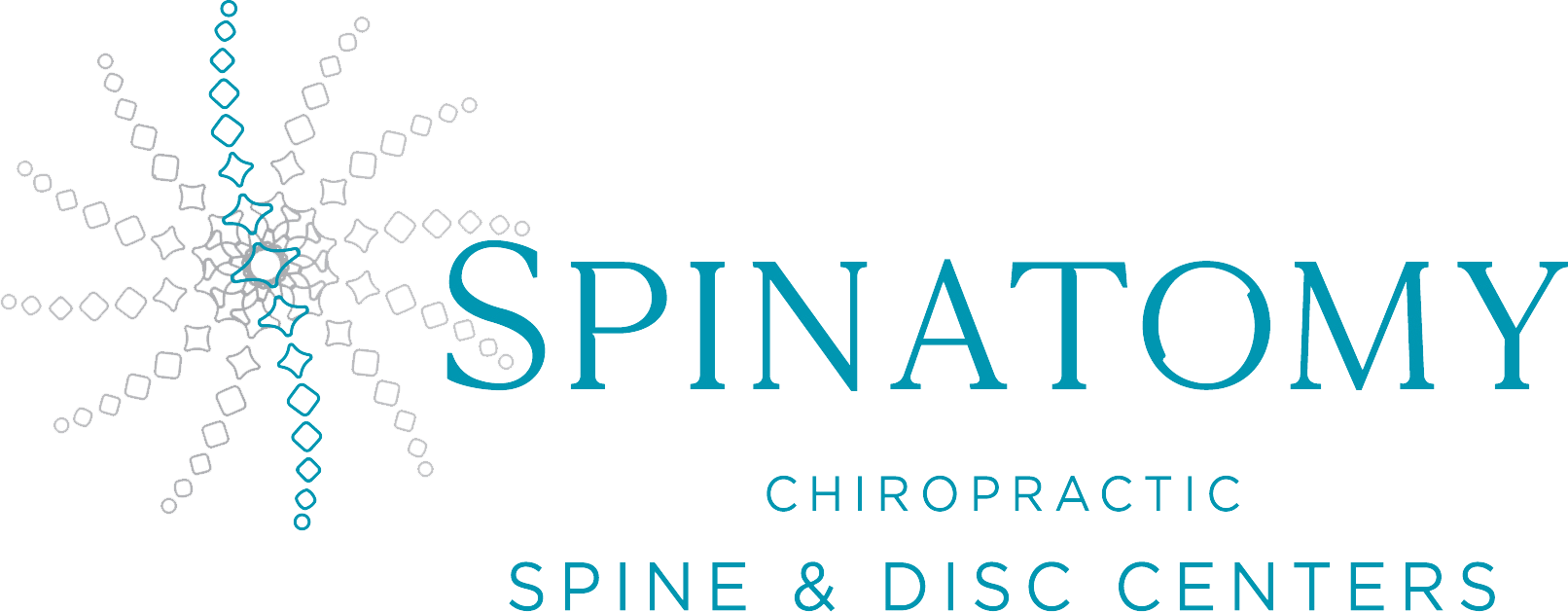If you suffer from a bulging or herniated disc, you know how much pain and discomfort it can cause. Even the simplest tasks can be difficult, and it can be tough to get a good night’s sleep. You may feel like you’ve tried everything, but there is hope. Call us today to explore cutting-edge, non-surgical, non-opioids, and all-natural pain management solutions.
End the Pain in Your Spine
Did you know that the vertebrae that make up your spine are separated by special shock-absorbing discs? They allow your back to withstand the pressure created by everyday activities like walking, sitting, and lifting. However, if the pressure becomes too great in these discs, the liquid inside will be pushed to the outer layer, causing a bulging disc – which can be a very painful and serious issue in the long term. Get in touch with Dr. Rozenberg today if you’re suffering from back pain; if the issue is related to your spinal discs, she can help you find a minimally invasive solution for relief with bulging disc treatment in Culver City, Van Nuys & Ontario, CA.

What Causes a Bulging Disc?
When the tough outer portion of a spinal disc is injured (or even simply worn out due to years of use), it decompresses, causing it to bulge out from between the vertebrae. Common causes include aging, poor posture, a generally inactive lifestyle, micro-traumas or injuries that have built up over time, placing a sudden load on the discs, obesity, and genetic factors. At some point, the bulge may grow to the point where the disc becomes herniated.
Risk Factors or Disc Herniation
Several factors can increase your risk of disc herniation. Age is a major factor as the discs in your spine begin to deteriorate. Other risk factors include repetitive motion, obesity, and smoking. Repetitive motion can strain the discs and damage them over time. Obesity puts extra pressure on the spine, damaging the discs. Smoking reduces blood flow to the spine and can prevent the discs from getting the nutrients they need to stay healthy.
What are the Symptoms of a Bulging Disc?
Bulging discs may not produce noticeable symptoms at first. As they grow bigger, however, they can start to compress down on or irritate surrounding nerves, resulting in pain and a numb or tingling sensation that can extend down your arm or leg. Other common symptoms include back pain, spasms, and leg cramps. These symptoms are likely to worsen once the bulging disc becomes herniated, and in the worst-case scenario, you might even experience leg weakness or foot drop (meaning the foot flops whenever you try to walk).
How Can a Bulging Disc Be Treated?
We’ll always recommend conservative, non-surgical treatment options first when it comes to treating a bulging disc. Spinal decompression is often a good choice; it involves adjusting the spine’s position so that less pressure is placed on the discs, causing them to retract to where they belong. Additionally, you can treat your symptoms at home with stretching exercises and the appropriate application of heat and cold. Dr. Rozenberg can help you explore other options for treatment during your visit.

How to Prevent Disc Herniation?
You can take numerous measures to reduce the risk of developing a herniated disc, including:
- Maintaining good posture and alignment. Poor posture puts extra stress on the discs, leading to tears and, eventually, herniation.
- Exercising regularly. Regular exercise ensures your discs remain healthy and strong.
- Avoiding activities that put unnecessary strain on the back, such as lifting heavy objects or participating in high-impact sports.
- Maintaining a healthy weight. Excess weight puts extra pressure on the discs.
- Quitting smoking. Smoking impairs blood flow to the discs, which can cause degeneration.

What Happens If I Don’t Seek Treatment?
A herniated disc occurs when the soft inner core of the disc bulges out through a tear in the tougher outer layer. This can happen due to injury or simply the aging process. If you don’t seek treatment for a herniated disc, the bulge will continue to pressure the nerves around it. This can cause pain, numbness, and weakness in the affected area. In some cases, it can also lead to paralysis. That’s why you must not delay treatment for bulging discs.
Why Choose Spinatomy Spine & Disc Centers for Bulging Disc Treatment?
- Wide Variety of Chiropractic Treatments
- Highly Reliable State-of-the-Art Technology
- Caring Chiropractor That Over Delivers




